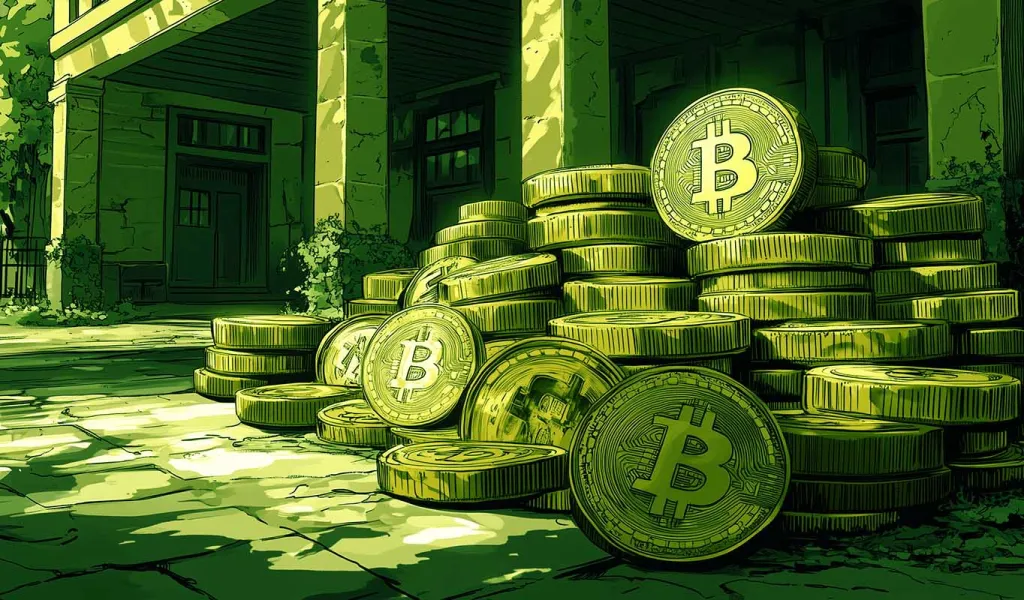
There is a skills gap in the blockchain industry, and universities worldwide have created programs to help produce the next generation of blockchain professionals.
As talk of the Bitcoin halving, exchange-traded funds and other macro factors seem to point to the beginning of the next bull market cycle for crypto, many might be considering starting a career in this space. It happens to many people involved with Bitcoin (BTC), blockchain or cryptocurrencies.
At first, they are “investors” researching and buying assets in a new digital asset class. For some, this turns into a desire to enter the decentralized ledger technology and blockchain industry. Many have decided to find paths to employment and acquire the skills necessary to jump into careers in this space.
Since the beginning of the blockchain and cryptocurrency industry, most people have found jobs through informal connections or demonstrable skills.















